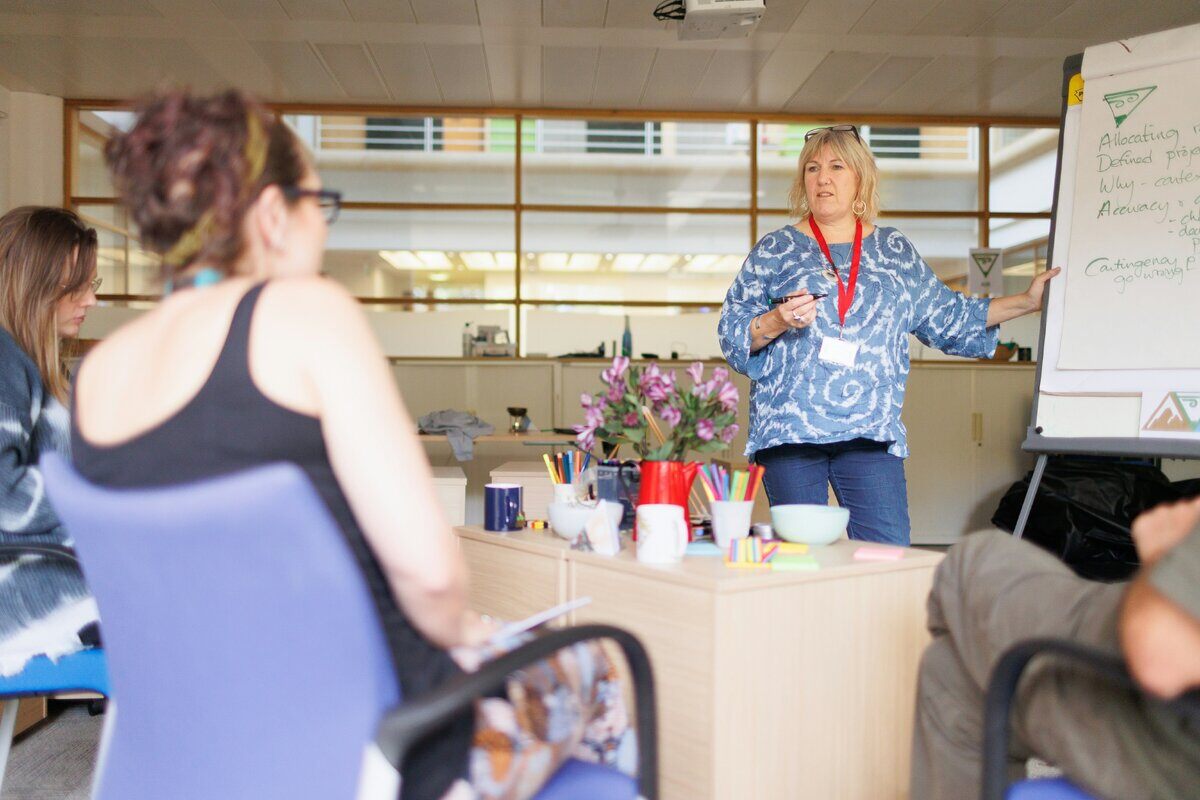
Aligning Learning Environments for Results
The topic of learning alignment seems to be coming up a lot lately. This is not surprising given the ever-increasing demands to demonstrate results and return on investment for learning.
Typically, the term “alignment” refers to the degree instruction is designed to accomplish a stated learning goal. This involves determining if an assessment technique adequately measures a learner’s ability to meet the stated learning goal.
There are actually many forms of alignment in learning environments. The following list highlights several alignment scenarios educators and learning designer should consider to enhance experiences for learners.
Audience, Goal, and Evidence
The basic alignment consideration of goal and evidence are certainly important, but so too is the relationship those elements have with the audience. For example, is the goal and evidence meaningful to the typical learner? Will they relate to what they are being asked to learn?
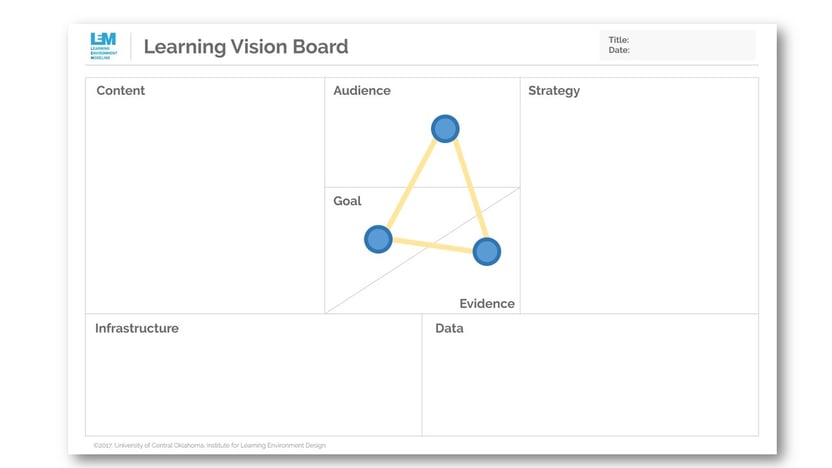
Audience, Goal, and Content
Similar to the previous example, there should also be alignment between the goal, audience, and content. When determining this alignment, consider the degree to which the content, is relatable to the audience and if it helps the learners achieve their goal.
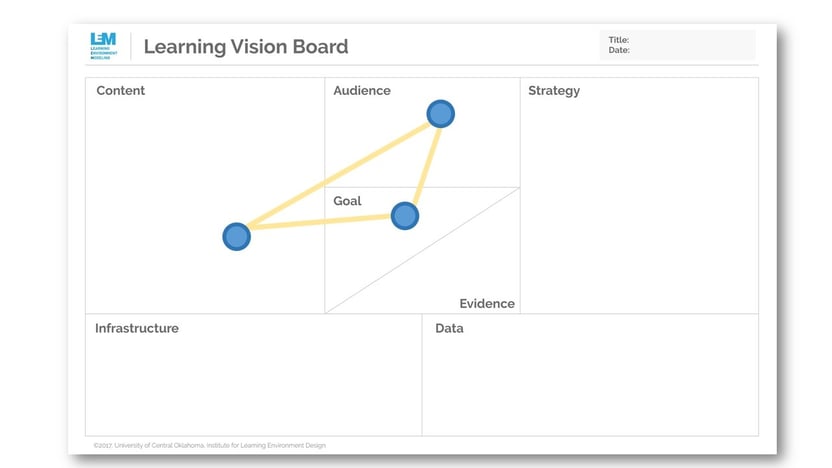
Audience, Goal, and Strategy
The alignment between the audience, goal, and strategy is central to ensuring the techniques used to help people learn will be effective for a given audience and goal. For example, if the goal is for the learner to perform a new task, the strategies used should focus on applying and using skills as opposed to only acquiring knowledge.
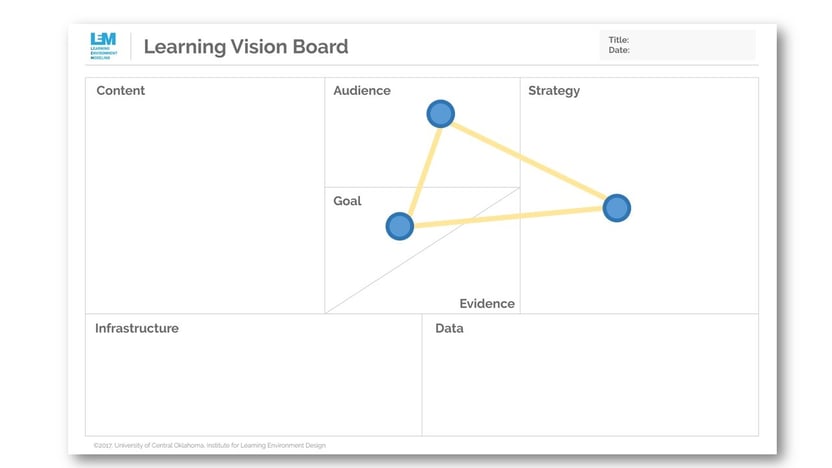
Strategy, Infrastructure, Data
The alignment between strategy, infrastructure, and data speaks to the feasibility of the learning environment. If the infrastructure or insights are not available to implement a determined strategy, the learning environment will not be able to fully support the desired learning experiences.

Audience, Infrastructure, Data
While more technical in nature, the alignment of audience, infrastructure and data can have important implications on the sustainability of learning environments. For example, if an audience cannot use the technology or there is a lack of data and insights about learning experiences, the long term success of the learning experience may come into question.
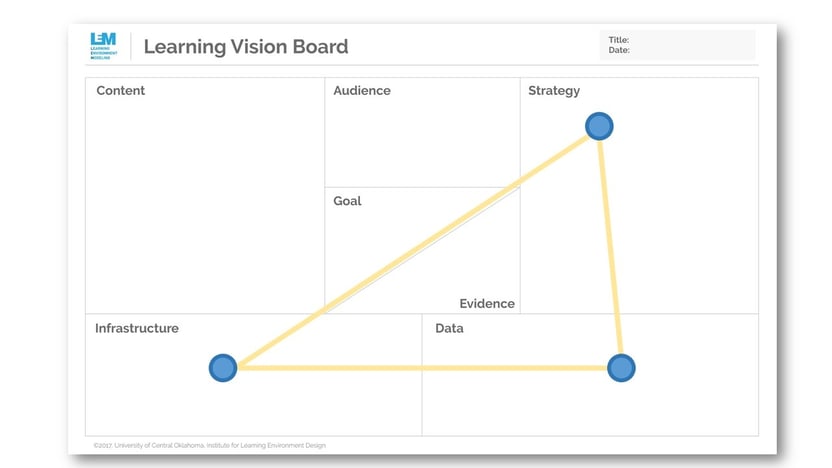
Summary
Alignment should be a key consideration for any educator or learning designer. Recognizing there are more than one type of alignment opens new opportunities for ensuring learning environments are successful and sustainable.
Subscribe To Our Blog
Most Popular
Post By Topic
- associations (2)
- blended learning (2)
- CLEA (3)
- community of practice (1)
- Continuous Improvement (1)
- covid (1)
- culture (1)
- customer engagement (1)
- Design Studio Session (7)
- designcast (2)
- E-Learning (2)
- engagement (1)
- equity (1)
- ILED (6)
- ILED Designcasts (4)
- Innovation (4)
- learning design (25)
- learning enviroments (22)
- learning innovation, (4)
- Learning Strategy (8)
- LEM Techniques (3)
- micro-credential (17)
- Powered by LEM (5)
- professional learner (2)
- Show Notes (4)
- Skills Gap (2)
- technology (3)
- Uncategorized (11)
- video (1)
- visualization (10)
- Workshops (1)



